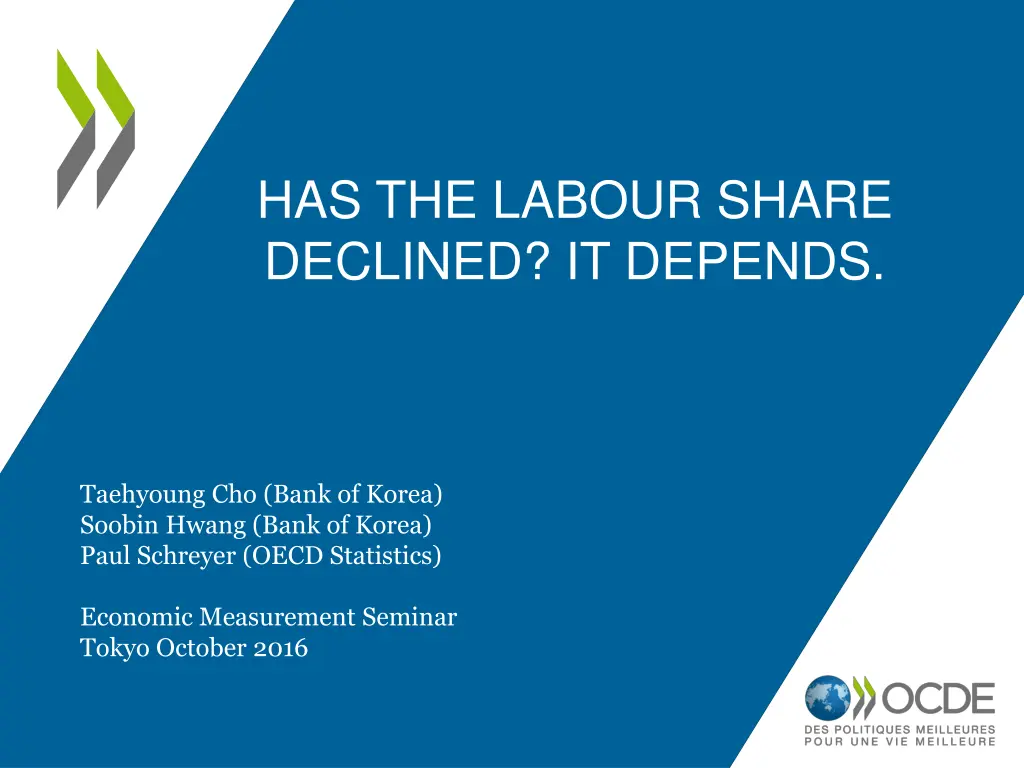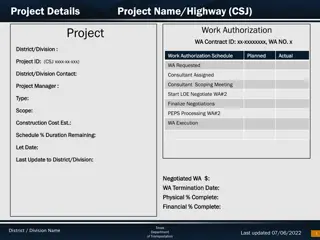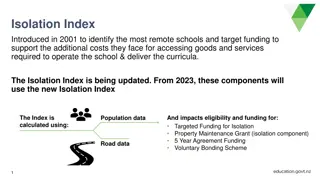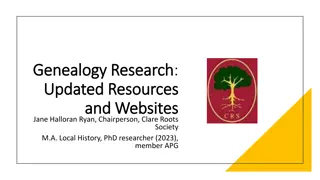
Understanding Labour Share Decline Trends
Explore the debate surrounding the decline in labour share, with a focus on functional income distribution and measurement issues. Discover how production-based and income-based measures impact the assessment of labour and capital shares, shedding light on the changing dynamics of the economy.
Download Presentation

Please find below an Image/Link to download the presentation.
The content on the website is provided AS IS for your information and personal use only. It may not be sold, licensed, or shared on other websites without obtaining consent from the author. If you encounter any issues during the download, it is possible that the publisher has removed the file from their server.
You are allowed to download the files provided on this website for personal or commercial use, subject to the condition that they are used lawfully. All files are the property of their respective owners.
The content on the website is provided AS IS for your information and personal use only. It may not be sold, licensed, or shared on other websites without obtaining consent from the author.
E N D
Presentation Transcript
HAS THE LABOUR SHARE DECLINED? IT DEPENDS. Taehyoung Cho (Bank of Korea) Soobin Hwang (Bank of Korea) Paul Schreyer (OECD Statistics) Economic Measurement Seminar Tokyo October 2016
Inequality on the rise Much debate about rising inter- household inequality of (disposable) income in many OECD countries In parallel, attention on functional distribution, i.e., labour and capital shares in income Karabarbounis and Neiman (2014) Elsby, Hobijn and Sahin (2013) Stiglitz (2015) Atkinson (2015)
Interest in functional income distribution Upstream to inter-houshold distribution General political-economical interest: the empirical determination of factor shares was the proximate cause for the founding of the National Bureau of Economic Research (Krueger 1999 p. 1) Income shares as a way to observe production elasticities
This paper Revisits some of the measurement issues Distinguishes between production-based and income-based labour/capital shares Finds declining labour shares only with production-based measures Dissects the capital share real rates of return vs. capital-income ratio role of land (and non-produced assets)
Production perspective Use of labour share in production analysis Cost-minimising producers LS=production elasticity of labour Appropriate weight for MFP measurement Production theory provides link between change in LS and elasticity of substitution Measurement: choose activities, valuations etc that entail producer perspective
Income perspective Labour share as a predictor for inter-HH income distribution To address concerns of social justice with the fairnesss of different sources of income (Atkinson 2009) Measurement: choose activities, valuations etc that entail household perspective (as close as possible to income that is actually distributed)
Production perspective Income perspective Valuation at basic prices Valuation at market prices Exclusion of OOH Inclusion of OOH Gross of depreciation Net of depreciation Proportionate allocation of net taxes on production Net taxes allocated to capital
5 ways of allocating mixed income Variant j Comment j=1 0 Unadjusted labour share j=2 2/3 Johnson s (1954) version with 2/3rds of mixed income allocated to labour Gollin s (2002) 1st adjustment with all mixed income allocated to labour j=3 1 j=4 (CE/Lw)(LNW/VMIX) Average compensation of non-salaried workers equals the average compensation of salaried workers (CE/Lw). j=5 0.5(CE/Lw)(LNW/VMIX) The average compensation of non-salaried workers is set to equal half the average compensation of salaried workers. 5 is also a simple average of 1 and 4
Data OECD Annual national accounts 22 OECD countries 1995-2014 (all countries) 1970-2014 (Korea)
Production-based LS Downward trend Mixed income matters for levels
Production-based LS: panel regression Time variable( t) LSP1 LSP2 LSP3 LSP4 LSP5 Fixed effects model (9a) -0.004 -0.094*** -0.139*** -0.107*** -0.055*** (0.015) (0.013) (0.013) (0.019) (0.016) 0.005 -0.075** -0.113*** -0.100* -0.049 Random effects model with AR1 error term (9b) (0.054) (0.034) (0.037) (0.056) (0.042) statistically significant downward trend in most cases average decline between -0.005*(2014-1995)=-0.07 percentage points for LSP1 to -0.139*(2014-1995)=-2.64 percentage points for LSP3
Income-based LS Downward trend hard to detect Mixed income matters for levels
Income-based LS: panel regression Time variable( t) LSD1 LSD2 LSD3 LSD4 LSD5 Fixed effects model 0.048*** -0.038*** -0.081*** -0.043** 0.002 (0.016) (0.014) (0.014) (0.020) (0.017) Random effects model 0.036 -0.041 -0.080** -0.061 -0.011 with AR1 error term (0.040) (0.035) (0.036) (0.053) (0.042) Hardly statistical significant Where present even smaller in size than production-based measure
What makes the difference? Depreciation rises, CSPrises (LSPdrops) Obsolescence Wear and tear Crisis Net rate of return on capital not source of rising CSP OOH
Korean data Complete balance sheets released recently by Bank of Korea 1970 2014 An interesting showcase for a fast- growing, high-investment country
Income-based capital shares in Korea Effect of mixed income allocation Preference for CSD5
A first break-down of CSD5 CSDj=rj*(1+ ) [ i=1NPKiKi+ i=1MPZiZi]/NDIM Korea s strong investment history Land as part of wealth
A second break-down with more granularity Invest- ment quantity + Rate of return and asset prices - Note land price bubbles Produced assets Land CSD5 r Pk Pz Q Changes in capital share Effect of real rate of return Effect of real asset price change Effect of asset quantity 1973~2015 -0.031 -0.360 -0.855 -0.183 1.367 1973~1982 -0.424 -0.048 -1.174 -1.067 1.864 1983~1991 0.205 -1.494 -1.368 1.518 1.550 1992~2002 0.209 1.047 -0.778 -1.370 1.309 2003~2008 -0.333 -2.217 -0.215 1.078 1.022 2009~2015 0.111 0.033 -0.407 -0.326 0.811
Wealth-income ratio capital-output ratio
Land in the production-based labour (capital) shares Note Diewert (1974) dlnLSP(uK, uZ) =[ L,K(uk, uz)-1]KS dln uk+ [ L,Z(uk, uz)-1]ZS dln uZ Karabarbounis and Neiman (2014) : when dlnLSP <0 and dln uk <0, L,Khas to be > 1 (with land is out of scope) Our interpretation, including land: when dln LSp < 0 and dln uk <0, L,K may well be <1, depending on L,Z and dln uZ
Indeed, a quick estimation shows: LK = 0.659 LZ = -0.359 at the sample mean Implication: Labour and produced capital: substitutes Labour and land: complements But a series of econometric issues so results are simply by way of indication
Yes, LS has declined but only under production perspective Where significant, small on average Income-based LS has not declined, therefore, unlikely as a source for rising inter-HH income inequality Distribution within capital components important Mis-interpretation possible when land is excluded Mixed income cannot be ignored






















